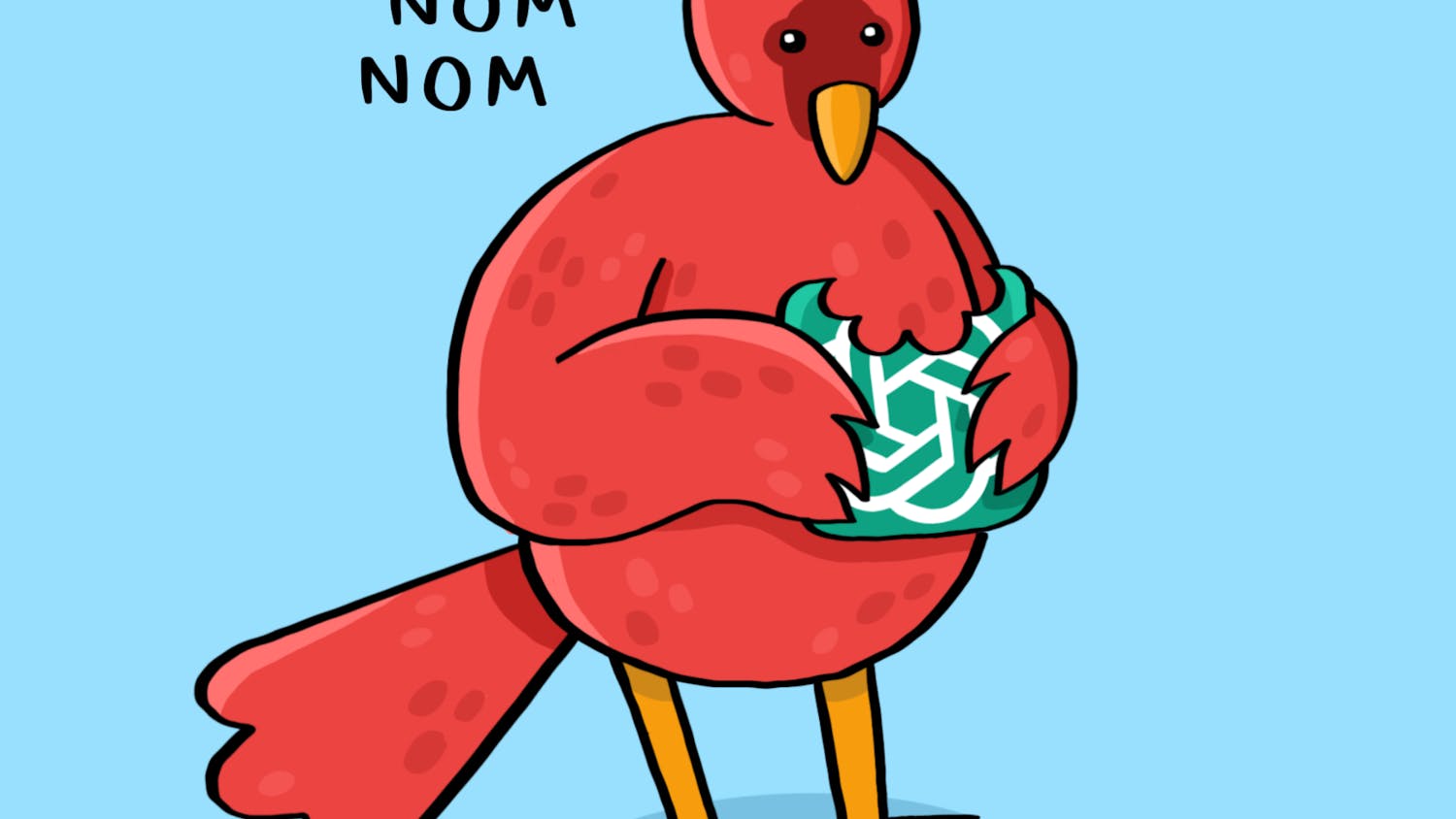Humans have likely been using substances since before we were truly humans — alcohol metabolism appeared in nonhuman primates up to 21 million years ago, and plenty of other animals, from dolphins to moose, are known to partake in what we may call “drugs.” Drug use is a part of life for many species and has been for a long time.
The field of ethnobotany, which studies the ways in which humans and plants interact, focuses partially on this aspect of human history. Among other uses, such as food, art or building, ethnobotanists study how humans have historically used plants as medicinal or recreational drugs as well as how we continue to do so today.
A striking example of drug use in human history is that of viking berserkers, legendary warriors whose trance-like fury in battle was unmatched. There are many theories of how berserkers (whose name literally translates to “bear-shirts”) entered this ritualistic rage — some suggest that it was a self-induced hysteria, while others think it could have been the effects of PTSD caused by years of exposure to violence.
Yet, some historians have another theory — the berserkers took psychedelic mushrooms.
Amanita muscaria, commonly known as the fly agaric, is the first “magic mushroom” many people think of. With its charismatic red cap and white spots, Amanita has earned a place in pop culture as the emblem of psychedelics, though in fact it is not used nearly as often as other psychotropic mushrooms, as it does not produce psilocybin. A. muscaria is native to temperate and boreal regions in the Northern Hemisphere, and its psychoactive effects are due to two compounds: ibotenic acid (a neurotoxin that acts on the brain’s glutamate receptors to produce an excitatory effect in the nervous system) and muscimol (a psychoactive chemical that can produce sedative-hypnotic, depressant and hallucinogenic activity).
Combined, these two compounds induce a drunken state in which consumers of the shroom often experience hallucinations, twitching, drooling and hyperthermia, as well as other neurologic effects. The ibotenic acid can act as a stimulant, producing the rage state associated with berserkers.
Other ethnobotanical theories on what induced the berserker rage center on hensbane, a plant in the Solanaceae family – which includes potatoes, tomatoes and nightshade. Dr. Karsten Fatur, ethnobotanist at New Brunswick University, argues that while both hensbane and the fly agaric cause the hyperthermic and hallucinogenic effects associated with Viking berserkers, only hensbane is reported to induce episodes of rage in those who take it.
As you may imagine, the side effects of taking A. muscaria (or hensbane) can be unpleasant — vomiting, nausea and seizures are all common experiences (if it isn’t clear already, consider this your official Daily Cardinal disclaimer: you probably shouldn’t ingest fly agaric in any amount).
So, if you’re seeking to induce a Viking rage for your next LARPing session, maybe just stick to roleplay — there’s less of a chance it will cause coma and eventual death.






